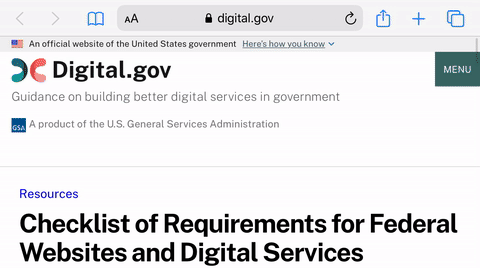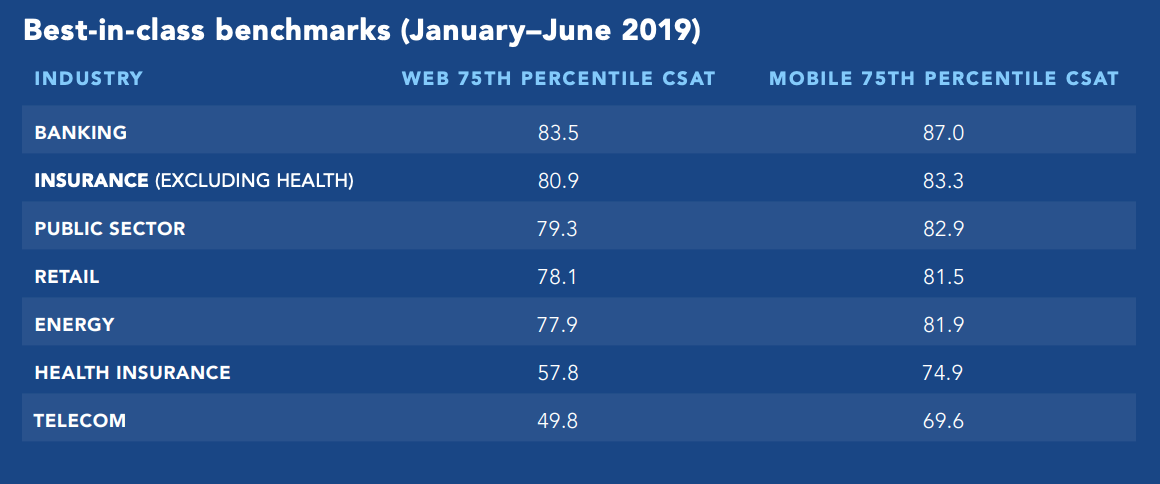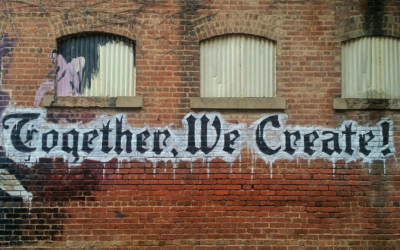Up until the late 2010s, it was a nearly country-wide shared experience to seek information on a government website (federal or state) and suddenly find yourself back in 1997. On the web, the colors were loud, the information was crowded, the navigation was almost nonexistent and actual answers were elusive.
To some degree, that experience persists today. But it’s not for a lack of attempts at progress. For instance, in 2015, the United States Web Design System was born with the mission to help the federal government plan and build better online experiences for the American public. Its key tenants are:
- Put user needs first
- Make it easy to do the right thing
- Accessibility is fundamental
- Start from existing solutions
- Be consistent, not static
- Share what we do
Then in 2016, the Federal Source Code Policy emerged with the goal of “improving the way Federal agencies buy, build, and deliver information technology (IT) and software solutions to better support cost efficiency, mission effectiveness, and the consumer experience with Government programs.”
It requires all source code custom-developed by or for the federal government to be made available for sharing and re-use across all federal agencies. To be compliant, federal agencies must open source at least 20% of all new custom code developed after August 2016. And out of that, code.gov launched as a platform for government agencies to list open source government code and well as tasks (currently ranging from updating favicon code to creating visualizations for data from an API) for agencies and individuals to take on.
And in 2018, the 21st Century Integrated Digital Experience Act became law, requiring all government-produced digital products (including websites and applications) to be consistent, modern and mobile-friendly.
Products must:
- Be accessible to individuals with disabilities
- Have a consistent appearance
- Not overlap with or duplicate any legacy websites
- Contain a search function
- Be provided through an industry standard secure connection
- Be designed around user needs
- Provide users with the option for a more customized digital experience that allows users to complete digital transactions in an efficient and accurate manner
- Be fully functional and usable on common mobile devices.
That’s just a sampling from the rather long list of what is required now when creating or updating a government website:

So for all of these regulations, have we finally actualized a better government website in 2019?
According to the ForeSee E-Government Satisfaction Index (a measure for evaluating the successes and performance of the federal government’s online initiatives), yes, improvements have been implemented, despite all agencies reporting a common roadblock: lack of funding and staff. Once given the second lowest customer satisfaction rating, local and federal government websites now come in at third out of seven for both web and mobile across industries.

Research from Booz Allen Hamilton also illustrates growth. In 2019, their second annual report of federal customer experience showed that perceptions around using federal websites are up along with usage (up to 35% from 26% the year prior). The report also showed that federal sites are considered to be more secure than commercial ones. But along with the positives, the survey showed that end-users are asking for an experience that aligns with a commercial experience.
More than a third also recommended that .gov sites become more mobile-friendly, which almost doubled from 19% who said so last year.
NextGov
Addressing these concerns is possible, while still creating a website that best serves the audience. At the core, federal and local government websites need a strong CMS for government content. But that content must be presented in a way that corresponds with any given individual’s behaviors.
On top of that, local government websites must build community, while also addressing what task a user might be there to accomplish — and help them do it quickly and completely online on the device of their choosing.
Want to learn more about our approach? Reach out and set a meeting.
Photo by Katie Moum on Unsplash





